Gross AI Spam with Cory Arcangel
|CLAIRE KORON ELAT
“Facebook, right now, is apparently 35 percent spam,” says artist Cory Arcangel whose show “Let’s Play Majerus G3” is currently on view at the Michel Majerus Estate. In the show, Arcangel draws a parallel between Majerus’—who was featured in our Issue #43 here—archival Apple Power Book G3 and contemporary YouTubing. And although Majerus' career ended in 2002 with a tragic plane crash, his work still reflects our Zeitgeist, dealing with themes around gaming, branding, advertising, and visual culture at large long before it was mainstream.

The YouTube cosmos of the 2010s bred many of the first internet influencers—or celebrities—who work with video. While some of them have vanished in the abysses of irrelevance, others have moved on to other platforms—including Twitch, TikTok, and Instagram—to preserve their “hype” within a hyper-accelerated digital age, where hype often only lasts a few weeks. Yet, there is an important cultural role that can be ascribed to the YouTuber—or any influencer, for that matter. Their practice is essentially to mythologize, to mediate their work through a subjective channel, which is fundamentally also what an artist does.
Artist Cory Arcangel fully devoted himself to this role and became a YouTuber, even though it was only part-time and limited. For his current exhibition “Let’s Play Majerus G3” at the Michel Majerus Estate in Berlin, the artist created a series of YouTube videos where he navigates through Majerus’ personal computer, which was the starting point of the show. In conversation with Claire Koron Elat, he talks about original vs. emulated images, Facebook spam, and mastering the strategizing of fame.

CLAIRE KORON ELAT: As part of your show at the Michel Majerus Estate, you recently celebrated your debut as a YouTuber. You produced the first video in a series—published on YouTube—where you go through Michel Majerus’ computer and comment on your findings in a voiceover. How does it feel to be in this role?
CORY ARCANGEL: Amazingly, you’re the first person to ask that. I found learning how to become a YouTuber and putting together a semi-convincing YouTuber video weirdly the hardest part of the project. I didn’t really think about it. I’ve wanted to try it for many years. I bought the gear a couple of years ago because I thought, “Oh, that looks cool.” Like, when I talked to people who are Twitchers, it always looked cool when I zoomed with them. I had the idea to make these videos, but I didn’t really think ahead. It wasn’t until I was trying to make one that I realized how hard it is. It’s hard because of everything technical including lighting, tone of voice, narrative timing, editing, etc., etc. It was a lot to learn. But it feels good.
CKE: The role of the YouTuber is a kind of representative for the contemporary persona. These personae—influencers, celebrities, but also artists—mediate their work or an aspect of their lives to an audience, and the consumer experiences the work through their mediated or mythologized channel. You did the same with Majerus’ work—except that it’s not self-mediation but the mediation of another party.
CA: To translate that to practical concerns that I had on my end, it was like, well, how do I look? What is the lighting? Most importantly, what is the tone of my voice? What do I want to be like in the videos? And that was a process of just doing it over and over again—trying different things and trying to find the thing that felt right. I would add that one of the great things about being an artist is that I don’t have to care about the things that a normal YouTuber or influencer would need to care about, which is audience! This particular project isn’t entertainment, it’s research. It’s not an artwork, but it lives within the art ecosystem. So that gives me a lot of freedom. I don’t have to be a part of the normal media streams for these kinds of things.
CKE: When you say that these videos are not artworks, then I would assume that the process of preparing the videos was different from creating the “actual” work in the show.
CA: I put the show together like I would put any show together—with intuition, poetry, how it feels, etc., etc. With the episodes, it was much different. It was research, quiet study here in my office, and a lot of back and forth with the estate. Because, of course, this is not my material. There has to be a sensitivity and communication with the estate and the family. It’s totally different.

CKE: The press release states that the aesthetics of digital imagery is the core interest of both Majerus and yourself. As someone who has been producing work since the 2000s, and with the background of the Y2K aesthetic experiencing an extreme resurgence, how would you compare “original” 2000s digital imagery vs emulated 2000s imagery that is produced today.
CA: In the show, I’m showing a piece called the “The AUDMCRS Underground Dance Music Collection of Recorded Sound.” It’s a trance record collection that I bought from a retired trance DJ—I just bought this trance DJ’s whole thing, and I catalogued and preserved it. So, on the walls of the estate are all these trance records. And again, it is exactly what a trance record collection would have looked like in the late 90s—because it is one! And what's surprising is that what one would think an average trance record looks like versus what an actual average trance record looks like is different. One would think of all these wild fonts and cool 90s kind of things. And actually a lot of the records don't contain these elements! A lot of them are drawing on different styles that we wouldn’t immediately recognize as the 90s. So, getting back to Majerus, he was very interested in typography, especially the type of avant-garde typography that was happening at the time, which was happening a lot in techno and electronic music culture. And he was able to select only the things that really looked of that time. So, even in the 90s, there was as section required to actually understand what the look of the 90s was. I would say the same for the 2000s. If one were to go back, not everything looks like how we think it looked in the 2000s. It was a lot less glamorous. I guess it’s already a ghost of itself when it’s happening.
CKE: Where do you think this societal desire or attraction to these past images comes from?
CA: You wonder if it’s just a loop. In the early Y2K era—I was in New York then—and the New York bands were very interested in the early 80s. All the bands dressed like it was 1982, and a lot of them sounded like it was 1982, with a kind of update. So, I wonder if it’s eternal or something. Something that is always happening is looking back, because once it’s gone, people remember it a little more fondly. I wonder, what will we think about today? I mean, clearly, it’s going to be really grunged out, gross AI spam.

CKE: This is actually something I wanted to ask you: How would you describe the aesthetic trend for images today.
CA: Facebook, right now, is apparently 35 percent spam. I don’t spend a lot of time on Facebook, but I feel like what’s really happening is that these Facebook groups are being pumped full of AI gibberish. That kind of thing is really exciting to me. My eye is always drawn more towards the garbage end of everything, the alleyways and the trashcans. The social media environments of yesterday are slowly decaying. And clearly, with all this AI stuff, it's going to be very much the look of today.
CKE: In another interview that you gave around the show at the estate, you said that Majerus was not an actual painter, and that his paintings are objects that perform as paintings.
CA: What I was trying to explain is a simplification. He, in many cases, is not just making a nice image on canvas, which I would describe as a basic painting—no offence to basic painters! When a painting of his goes into the world, first of all, the imagery is often self-referential to painting or the history of painting or other artists’ style. For example, let’s say he’s borrowing De Kooning’s style and making a painting in the style of De Kooning. So, it goes from being a nice image to being a physical and intellectual object, which, going further, is activated by all the structures that it interacts with. Once it goes onto a gallery wall, it’s not just a Majerus painting, but instead a painting which is being a Majerus painting. It uses the gallery structure, the auction system, and art history to activate itself to produce an art moment. And, again, the moment isn’t necessarily a nice painting, but, instead, a force of energy which is traveling around the world as a “Majerus painting.”
CKE: Would you say that using the whole economic and social structure that the painting is embedded in is not applicable to painting today?
CA: I don’t have a good grasp on the average painting, so I don’t know what’s applicable to most. But certainly, there’s a group of painters and a group of artists whose work travels in this way. And going back a bit, I guess institutional critique artists would have been very much interested in these structures. But in the 90s, there were other artists in his community who were working in this way. But he was a painter, which made him a kind of outlier.

CKE: There’s a general and obviously dated idea that painting is the ultimate medium and ultimately beautiful. I was reading another article about your work, where a writer was saying that you’re interested in the abject beauty of obsolete machines. Is that right?
CA: I can be, but I wouldn’t say always. I think that I said it best earlier in this conversation that I’m interested in a certain kind of trash. I think the beauty of obsolete machines sounds very elegant. But for me, I would phrase it like, I’m interested in the things that people aren’t looking at, that have been recently discarded, that are ugly, and that are happening on the margins of the media landscape.
CKE: Trash is beautiful for you.
CA: Definitely can be. Like Facebook spam, very beautiful. Gorgeous!
CKE:I would also like to touch on a past work of yours, “/rou'deIou/ Let's Play: HOLLYWOOD” a customized computer that plays, in real time, a retro-looking Android game called Kim Kardashian: Hollywood. Why were you interested in Kim Kardashian specifically?
CA: A bunch of factors led to that work. I don’t know if I was so much interested in Kim Kardashian as I was interested in her game. One of the things that I liked about that game was that it was really good! It was one of the rare occasions where a celebrity offers something like that. It actually had a lot of integrity. And I love the theme of the game, which is that you’re trying to get famous. I thought it was very much of the moment when it was released in 2014. It was that early Instagram era, and the beginning of the algorithmic celebrity. Also, around 2017, it had just become possible to make a machine learning system that could play a video game without having a huge university behind you. So, I put together a team of researchers. Then it was luck that those two things happened at the same time, and I just glued them together—Kim Kardashian: Hollywood and AI. That’s the case with some of my work, where it’s more that the universe serves things up to me, and all I have to do is tie them together. In any case, we spent four years building that system to play the game.
CKE: Thinking of Kim, and back to influencers as personas, there is quite obviously a strategy behind building fame both for brands and for individuals. Apart from the Kardashians, who do you think has managed to master the strategizing of hype and fame?
CA: Let me say something funny, when I was a young artist, it was not common for artists to even have websites. To actually have your name.com. And to have your work on there, it was seen as a little crass. This is like 2000, 2001. It seemed self-promotional and a little bit intense. I was one of the first artists to ever have a website where I put my stuff up on there. I don’t know who’s mastered it. I would have a think about musicians because they seem to be much savvier in this area. I think art tends to lag behind these kinds of things. Art doesn’t require such a big audience. I have though been thinking a lot about Taylor Swift lately. I wonder if she is related somehow to these thoughts?
But let’s zoom out a bit. One thing I would say is we’re talking about energy. What is fame, really? What is the algorithmic reach [of that]? It’s really the marshalling of energy, like electricity, right? That’s really what it means, when one of these famous people tweets, it’s the amount of energy it takes to push it on to thousands and thousands of phones. So, in a way, we’re just talking about energy.


Credits
- Text: CLAIRE KORON ELAT
Related Content
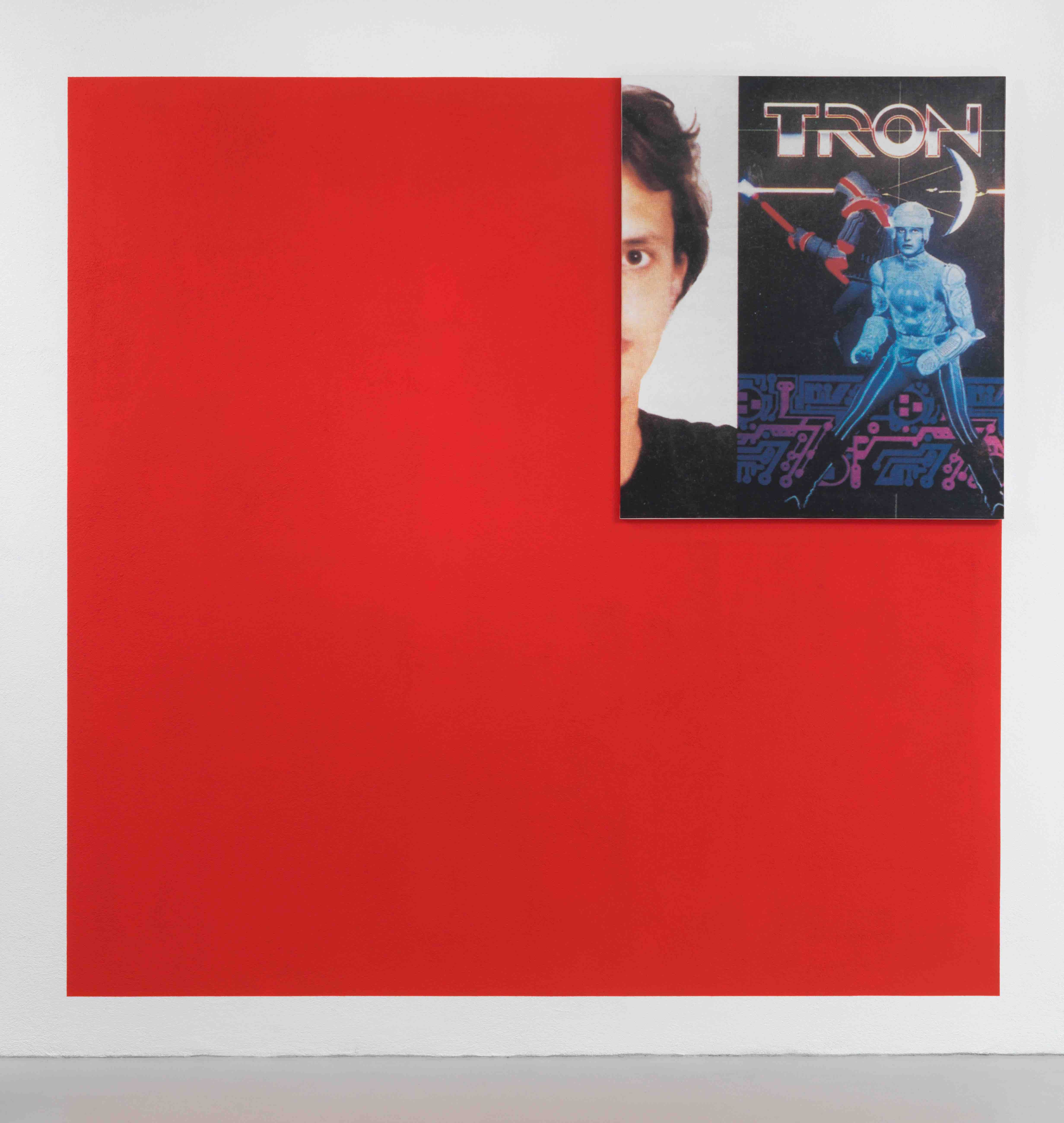
DEAR MICHEL MAJERUS (1967–2002)
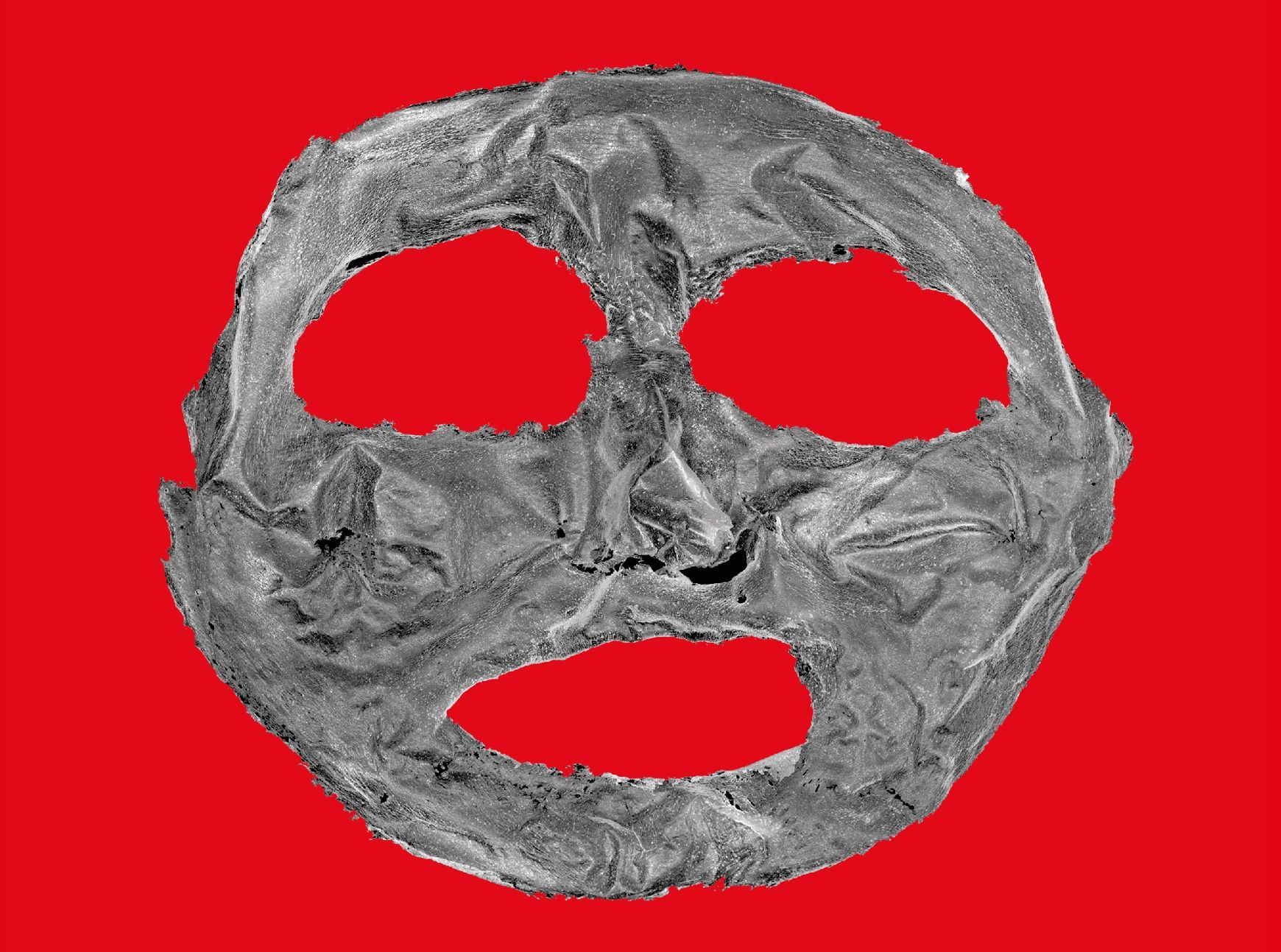
“DEVILS ON HORSEBACK” Curated by Claire Koron Elat and Shelly Reich
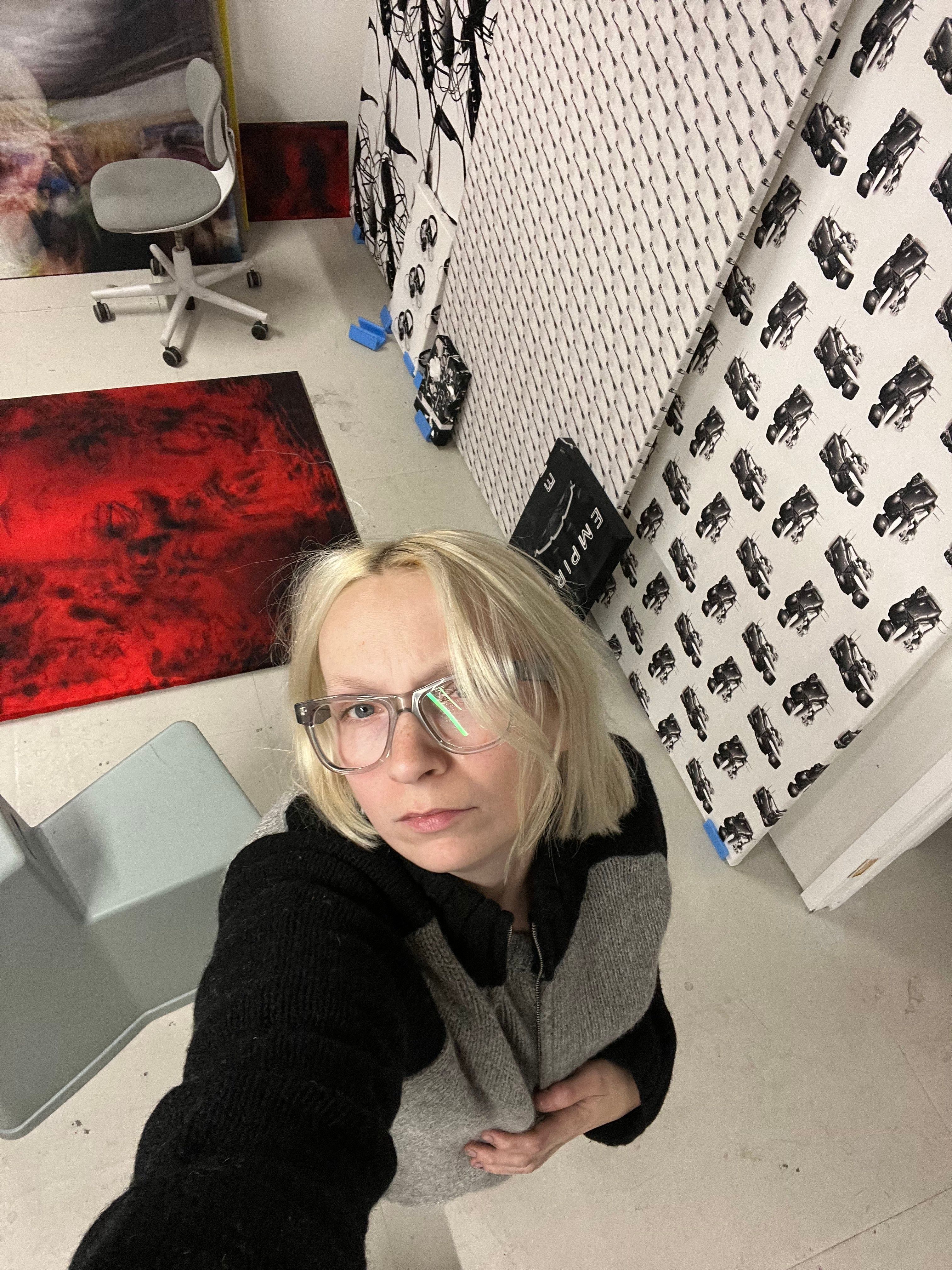
The New American Dream Is Sponsored by Meta: ANA VIKTORIA DZINIC

BIGGIE SMALLS — THEODOR ADORNO
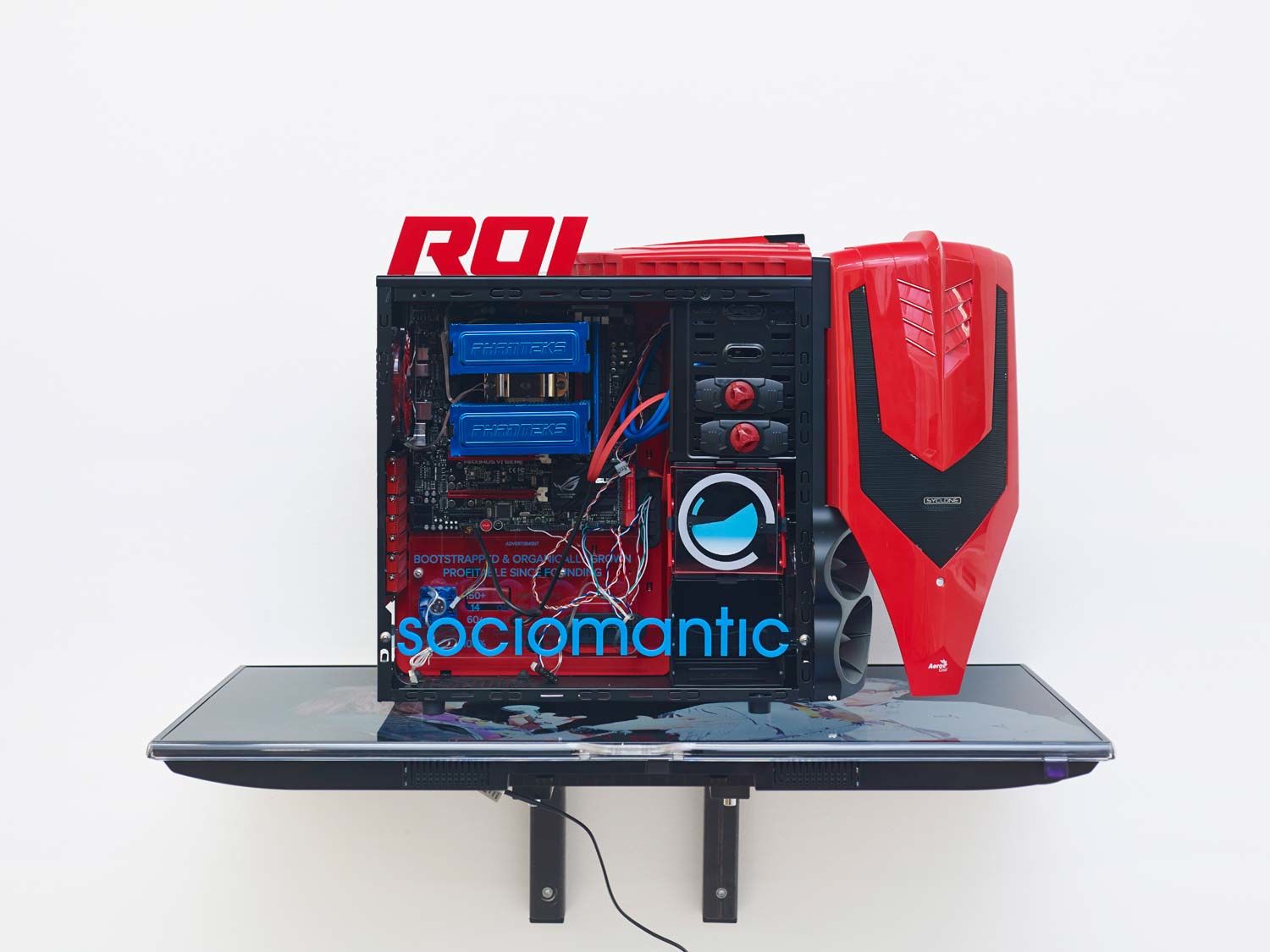
Artist SIMON DENNY Is Shaping Berlin’s Disruptive Startup Culture
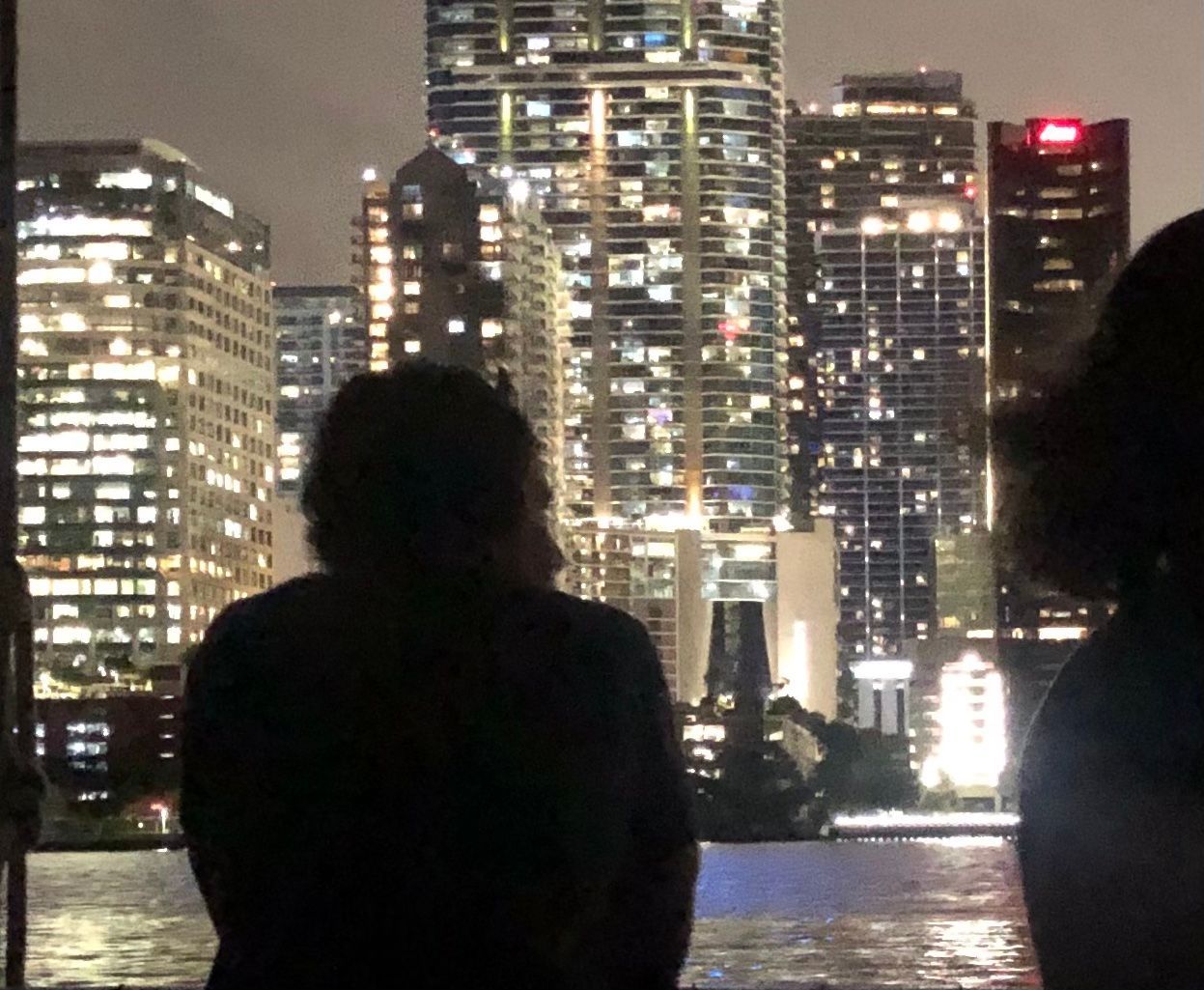
Art World Resorts: On at Art Basel in Miami Beach
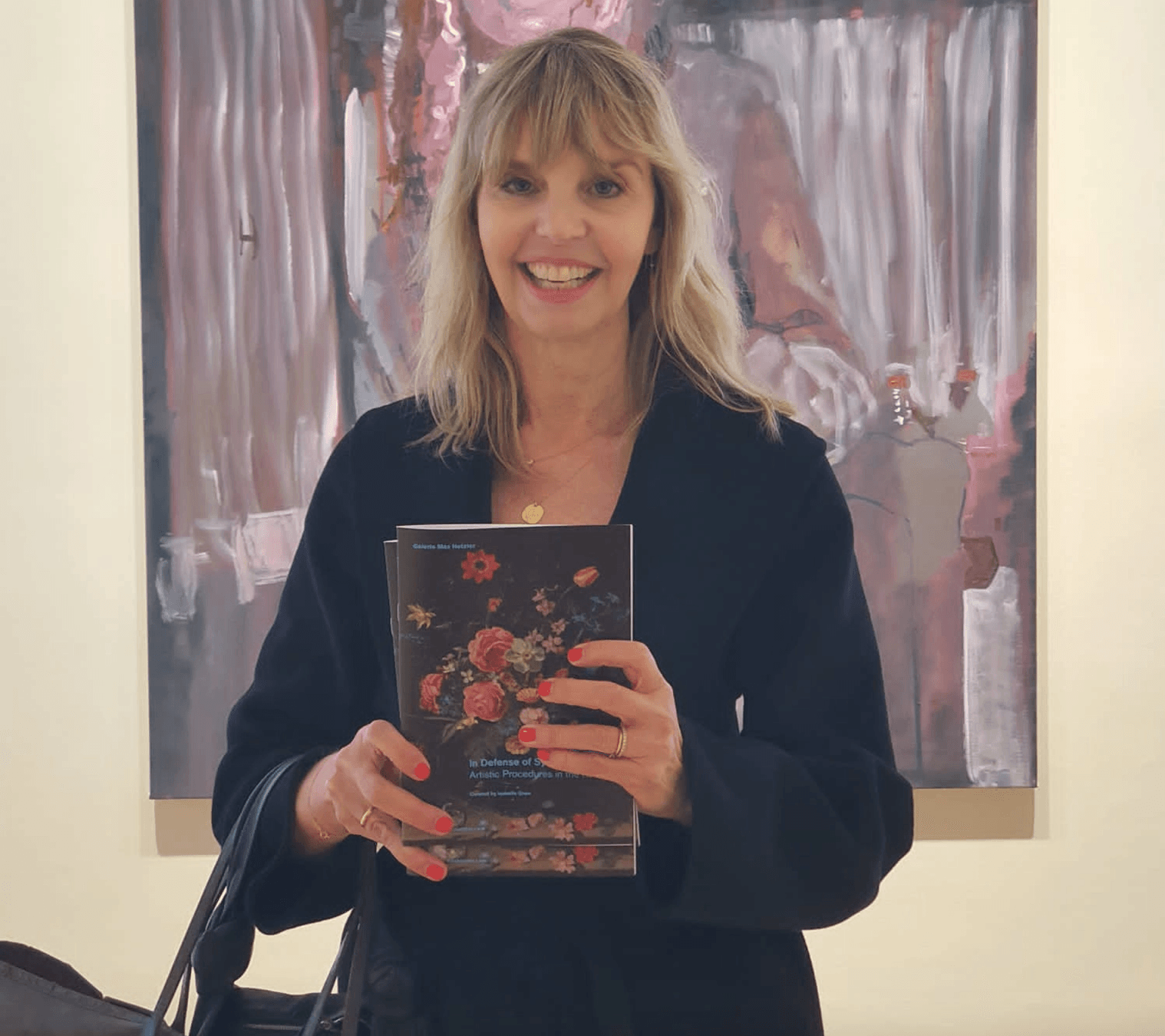
Image Stacks With ISABELLE GRAW
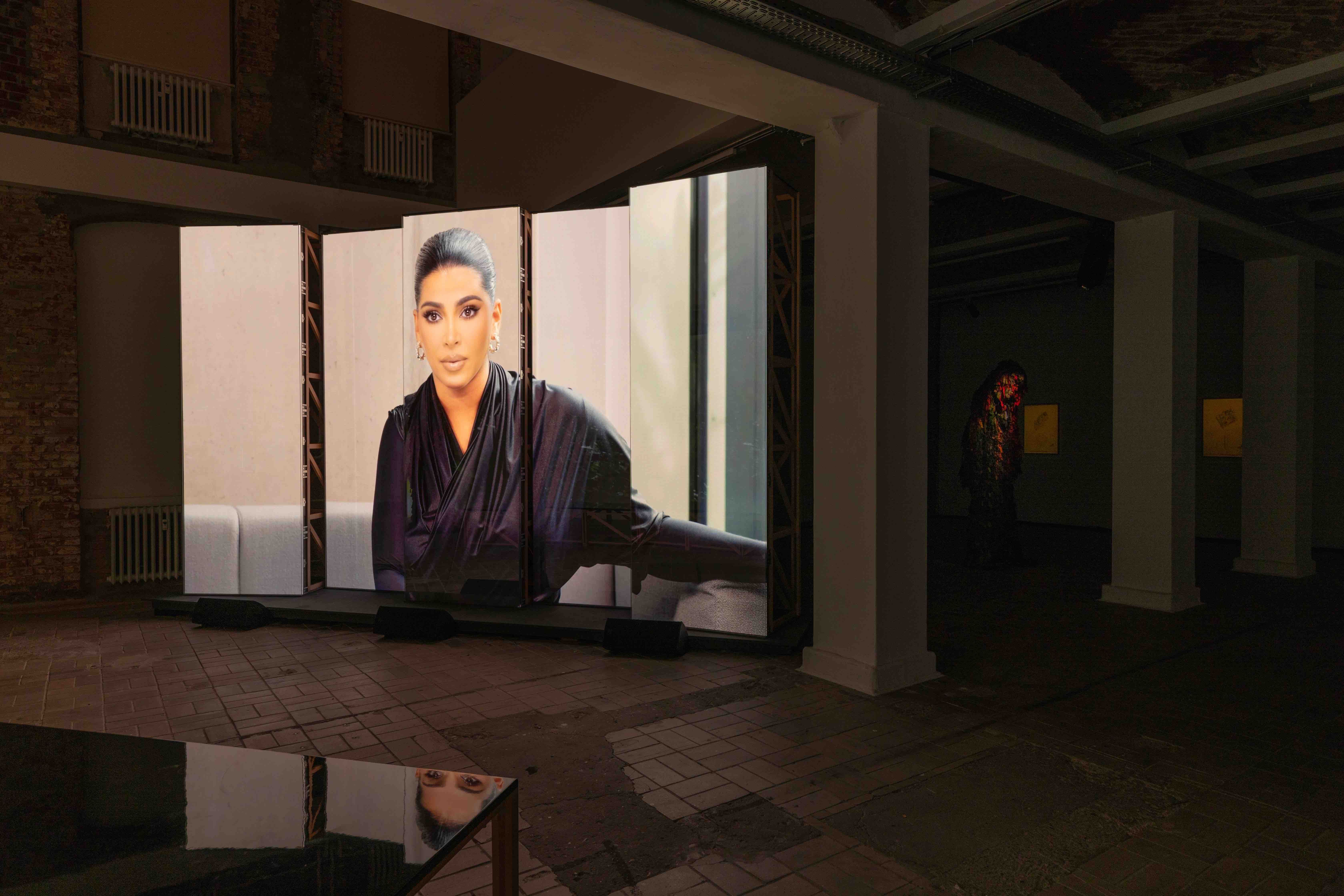
INVENTING KIM KARDASHIAN: CHRISTOPHER KULENDRAN THOMAS